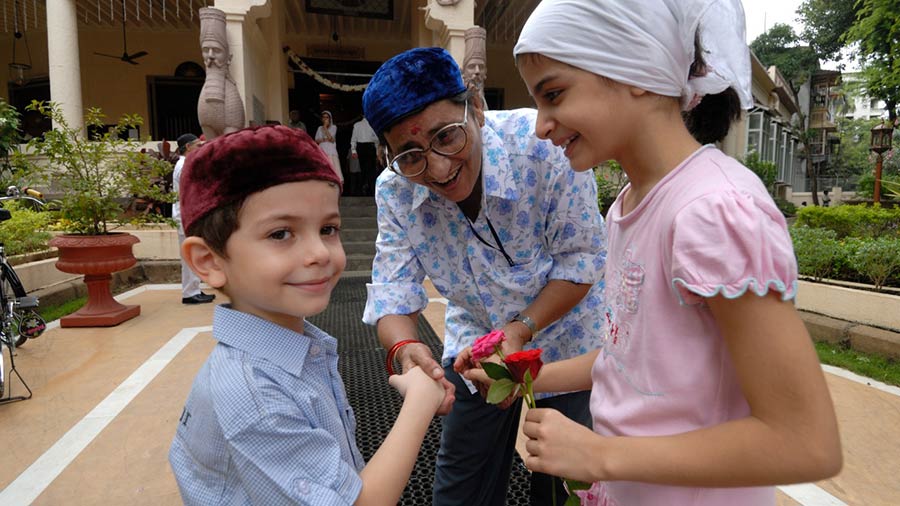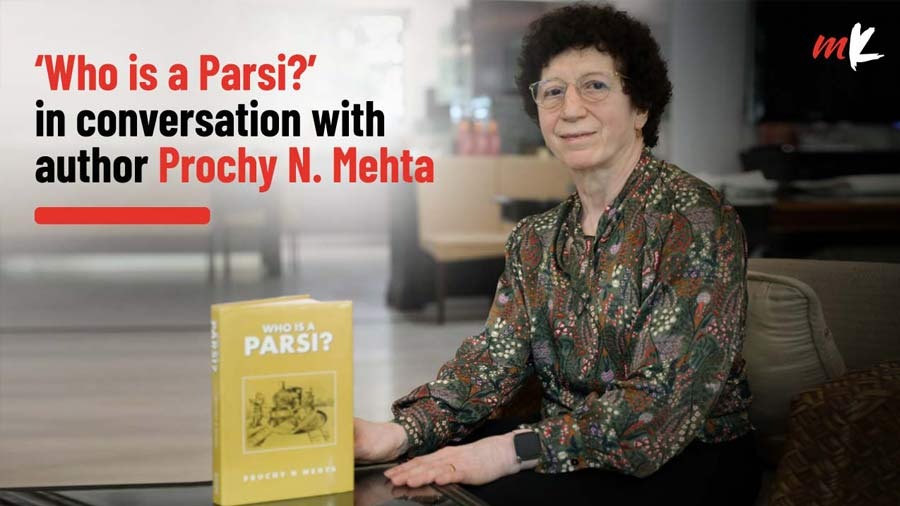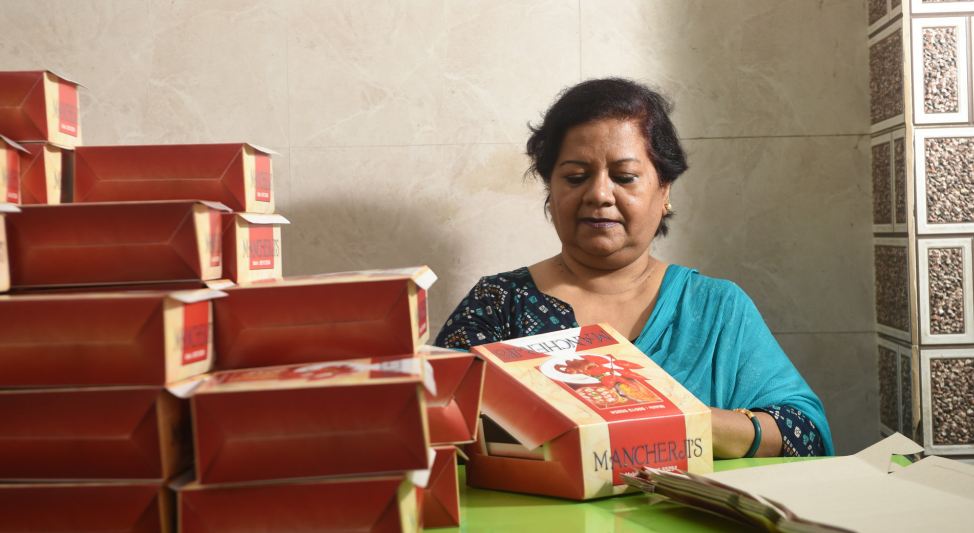Navroz is being celebrated this year on August 16. People often ask why there are two Navrozes – one on March 21, which is a fixed date and then again in August? The answer is not simple, but I will try to explain why we have two New Years.
We have three calendars, the Shahenshahi, Qadimi and Fasli calendars. In addition, we have the Yazdegerddi era, which starts from 632 CE and counts the years from the accession of the last Sassanid ruler Yazdegerd III.
People in India mostly follow the Shahenshahi calendar. While the Fasli calendar has the Parsi New Year fixed on the Spring Equinox and for them Navroz is fixed on March 21. The Shahenshahi calendar does not take leap years into account and as a result of which, the Parsi New Year is celebrated in India about 200 days after it is celebrated across the world. (A fortunate result of this is that we also celebrate two birthdays-by the English Calendar and the Parsi Calendar).
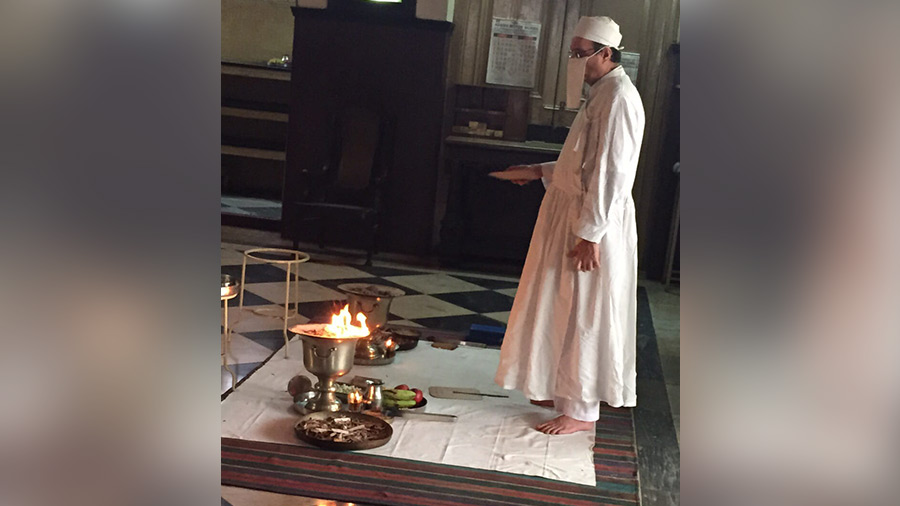
Jashan or religious thanksgiving ceremony in progress at Zoroastrian Anjuman Atash Adaran fire temple
The festival is also known as Jamshed-i-Navroz, after the name of the Persian king Jamshed, who introduced the Parsi calendar. The emperor Jamshed is believed to have begun the celebrations some 3,000 years ago. The day when both the North Pole and South Pole have equal duration of day and night is the Spring Equinox and that is the day when Navroz is celebrated, that is March 21. At present in our Shahenshahi calendar it falls in the month of August. People pray for prosperity, health and wealth on this day.
The celebrations begin on the eve of the New Year and are known as Pateti. It is also believed to be the day of remission of sins and repentance. Zoroastrians dedicate the day to cleaning their minds and souls from evil deeds and thoughts and renewing their spirits with positivity, peace and love.
Our miniscule community in Kolkata celebrates Navroz every year with a Jashan or religious thanksgiving ceremony in the morning at our only existing fire temple, the Ervad DB Mehta’s Zoroastrian Anjuman Atash Adaran. Community members dress up in their traditional attire and attend the prayers which is followed by a breakfast and partaking of the ‘chasni’ (blessed food). Some might proceed to our nearby Dharamshala for lunch. It's a typical Parsi ‘Sagan nu Bhonu’ (festive meal) of ‘Patra ni Machi’ (fish cooked in banana leaf) Dal, Chawal, Chingri no Patio, (dal, rice and prawn curry), Lagan nu Stew, (Parsi stew) Gajar Meva nu Achar (carrot and dry fruit pickle) and Parsi Custard. Then it’s siesta time till the ‘Natak’ in the evening.
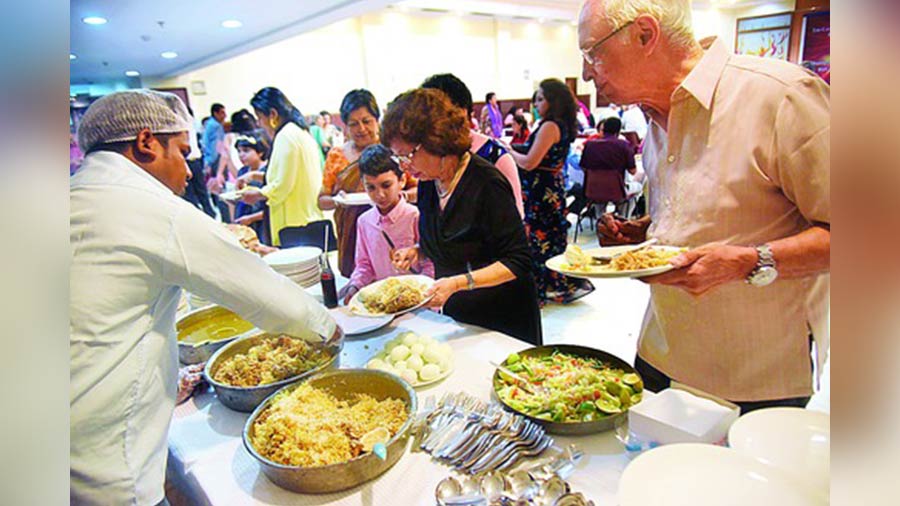
Parsis of Kolkata at a dinner in 2017 celebrating Navroz according to the Shahenshah calendar
The natak is our annual Gujarati play performed by community members. It is a labour of love and the performers practise for at least three to four months to entertain us. The play is always a comedy and this year it’s called ‘Behram Ni Sasoo’ (literally Behram’s mother-in-law). It is directed by Cyrus Madan and guaranteed to keep us all in splits of laughter. This is normally followed by a community dinner which has been cancelled this year due to the fear of Covid.
I remember as a child the excitement of Navroze day. We would get a holiday from school, dress up in our new clothes and meet everyone at the fire temple. The play was always the highlight of the festivities. We children would get unlimited free chocolates and sweets and cold drinks and we really gorged on them. This would often be followed by a contributory community dinner. The tradition to meet, greet and eat together lives on.
Prochy N. Mehta is the author of ‘Who is a Parsi?’ and ‘Pioneering Parsis of Calcutta’. She is an Asian record holder in sports and also the first female president of the Calcutta Parsee Club.
